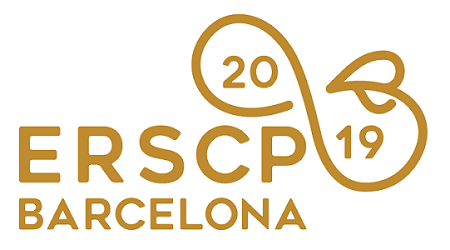Papers Proceedings »
A literature review on Recycled Fibers in Fiber Reinforced Concrete
The construction and building industries are among the most impacting activities on the environment. As concrete is one of the leading composite materials for construction, the identification of strategies aimed to reduce its environmental impact is crucial for greening the building industry. Concrete is the most widely employed material in building construction and has a crucial role in providing health and a safe environment to global population, being after water the most used resource. In fact, if properly produced, concrete has exceptional durability and mechanical characteristics, and is an excellent engineered material. Esteems say that in 2006 nearly 30 billion tons of concrete are produced per year, corresponding to over 3.8 tons per person each year. As concrete is the most consumed building material, a strategy to reduce its impact on natural resource depletion and the environment is essential on a global level. One way to reduce this impact involves the opportunity to recycle waste material employing it as fiber in concrete reinforcement, following the circular economy principles. The feasibility of using different waste materials in Recycled Fiber Reinforced Concrete (RFRC) is attracting practitioners’ attention. The main reasons are the possibility to reducing raw materials withdrawals and costs, waste disposal volumes, environmental pollution and improving resource conservation. Additionally, the introduction of different fiber reinforcements in concrete can effectively enhance its toughness, strength, shrinkage and durability. A growing number of scholars are investigating the potential of recycled waste materials in replacing traditional fibers for FRC production. This attention is due to a growing awareness around the negative environmental impact of the construction and building industry. Despite the significant amount of academic literature on the topic, a research gap has been identified with respect to a classification and optimization of these precious materials. To fill this gap, the main goals of this work is to review how scholars have investigated the topic. Through a systematic literature review, the paper analyzes the academic literature on concrete reinforcement using recycled fibers. The main goal is to provide an exhaustive analysis of the phenomenon with rigorous and reproducible research criteria. The original 648 records were collected through the Scopus database. After material evaluation, 194 papers matched the formulated research questions. The obtained materials were critically analyzed using structural dimensions to group literature into analytical categories. The analytical categories employed were keywords, network analysis and material of recycled fibers. Results show that RFRC is a research topic that is rapidly growing over the last years, with scholars’ attention focused on both engineering aspects and environmental sustainability considerations. Results show how the recycled materials that have been mainly studied are plastic fibers and steel fibers, followed by natural fibers. Eventually, the study provides limitations and proposes future lines of research.
